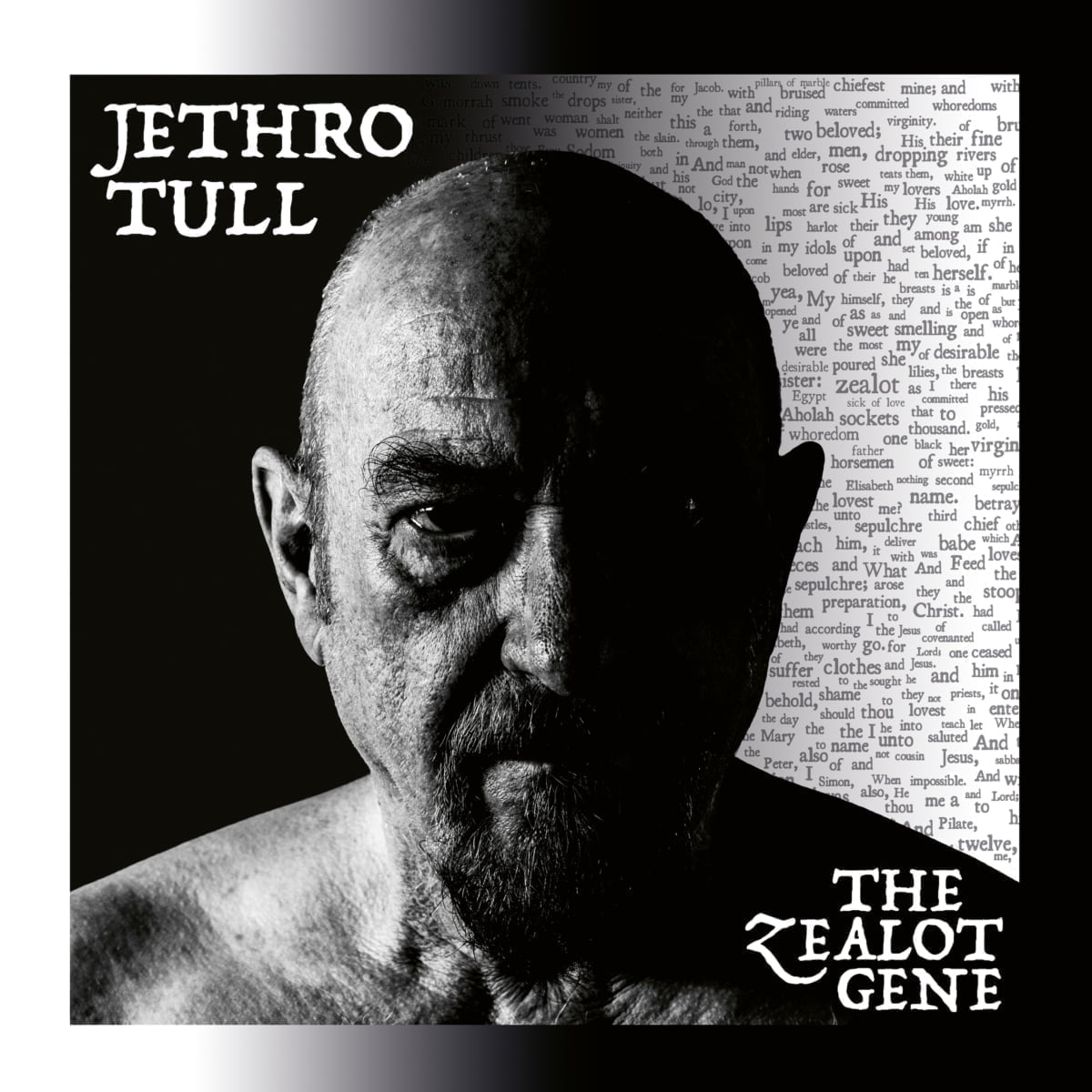
No band can produce such a good album 55 years later.
Once upon a time Jethro Tull was a music legend for 40-65 years old people now. It was 20 years that we don’t listen to a good studio based album from them. This gap is like one hundred years for us that bone fans. Lately there was a huge demand for album of Tull. There is a necessity for Ian Anderson who is both soloist and leader of the group to return old recordings up to “Songs from the Wood” in 1977. It is not a coincidence that music in the “The Zealot Gene” that is 22th studio work reminds old works. That’s a pleasing situation. In the song’s content there is a smell of old poets; in the music there is old style piercing guitar and synthesizer, also flute solos. Even if they return their pastoral style, this is a retro concept album like “Thick As a Brick” in essence. There is a satisfying music for whom looking for old. However the community doesn’t live in the past; they also reach out to the present. In general, the album that gets on the progressive rock the repertoire of Tull address both old and new fans.
Works had begun before pandemic. Songs had been written between 2017-19 and recorded in the studio live. Even if they are not same (especially guitarian Martin Barre’s absence) the musician that are appointed to carry the flag by Anderson can’t be dismissed. Most of them (guitarian Joe Parrish, keyed instruments John O’Hara, drummer Scott Hammond, bassist David Godier) take part in the Anderson’s solo recordings. All of them bring a question into minds: What is the difference between Tull and Anderson’s albums. The answer is your personal appreciation, to be accepted is that Anderson means Tull, Tull means Anderson.

A lot of things written about Anderson’s vocals talents that decrease. However, when the subject is the studio albums, this looked so exaggerated. Of course there is a drop from their situation from 70s but their situation (even though in the vocal a lot of reverb and delay used) is satisfactory.
The pose that Anderson is on one leg with flute is Tull’s distinguishing feature maintains its provision. In the album from white-black cover photo to lyrics, how modern society was divided into shows itself. The content was shaped by crises seen at every step around the world in recent years. In the title song of the album used radical words that at least as in the old fast times. In “Shoshana Sleeping” the riff that belongs to new guitarist Joe Parrish meet the high slat that we used to from Barre. “Where did Saturday Go?” and “Three Loves, Three” that describing an incurable romantic are the examples of the beautiful soft motifs of Tull. “The Fisherman of Ephesus” is a modern classic story. “Mrs. Tibbets,” the opening track of the album queries September 11 and Trumps populist politics. “The Zealot Gene” that consists of 12 songs takes its main subject from Holy Book and various aspects of the human conditions. A lyrical storytelling style close to folk tales; but an enlightening and questioning approach.
It’s possible to enjoy the music without looking closely at the lyrics, but for many, these powerful messages and stories add to the enjoyment of the album in a different way. Jethro Tull continues to write an extraordinary history not only in British rock music but in world music history. “The Zealot Gene” deserves more than a cursory listen as a great collectible. An album worthy of the Tull legend and legacy. Well-directed, a fitting return to the Prog-folk template. No band can produce such a good album 55 years later.



